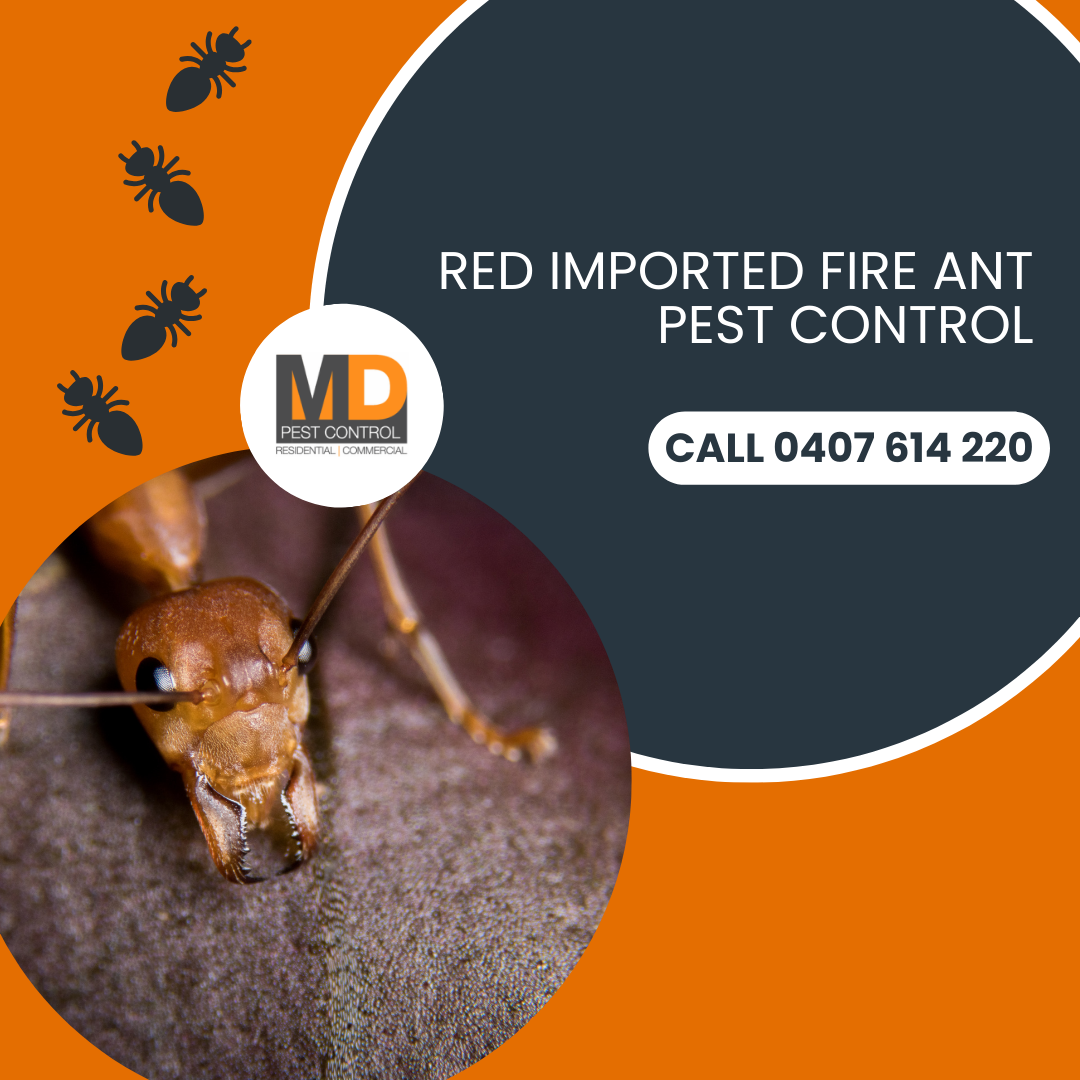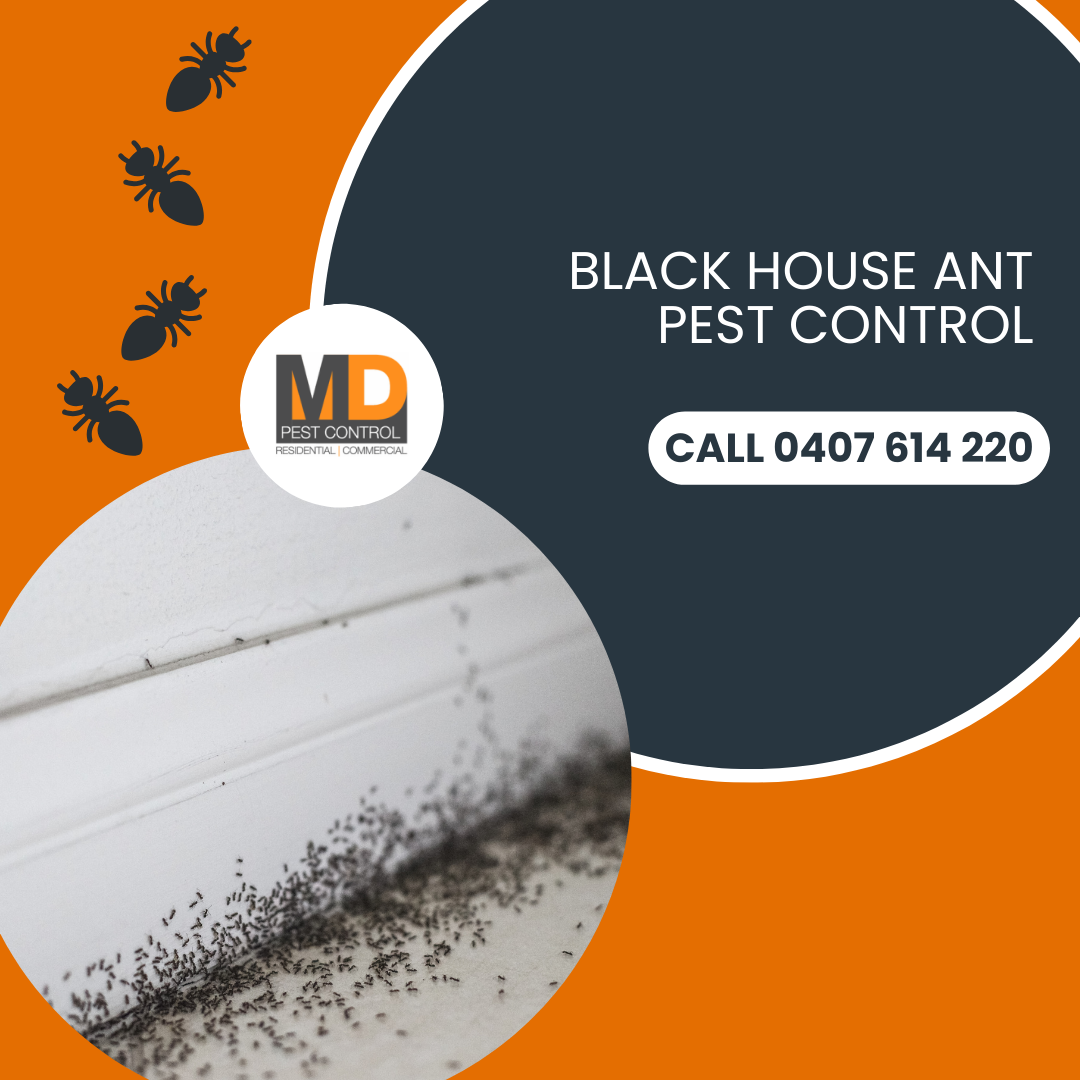These tiny terrors can turn your picnic into a nightmare faster than you can say "ouch!" But fear not, because we've got your back. In this blog post, we'll dive into five practical tips to help you tackle these unwelcome guests and even uncover two quirky facts you might not know about red imported fire ants.
Tip 1: Locate the Nests
Red imported fire ant nests can be tricky to spot, but they're often found in open areas like lawns, gardens, and parks. Look for soil mounds ranging from 5 to 30 centimetres in diameter. These mounds can sometimes lack visible entry holes, so don't be fooled. Take a stroll around your property, keeping an eye out for these telltale signs.
Tip 2: Choose the Right Treatment
Baits work by attracting worker ants to carry the toxic substance back to the nest, effectively wiping out the entire colony. On the other hand, insecticidal sprays can be used for direct application on mounds or infested areas. Keep in mind that professional-grade products are often more effective than over-the-counter solutions and that’s where MD Pest Control comes in.
Tip 3: Timing Is Everything
Red imported fire ants are most active in moderate temperatures, typically between 21°C to 29°C. Planning your attack during these periods ensures that you catch the ants when they're actively foraging, increasing the likelihood of successful treatment.
Tip 4: Protective Gear - Suit Up
| When going to war against these fiery invaders, it's crucial to armour up. Protective clothing, including gloves and closed-toe shoes, will shield you from painful stings. Red imported fire ants are notorious for their aggressive nature and painful stings. Wearing protective clothing is not just a precaution; it's a necessity. Thick gloves and closed-toe shoes will prevent these little warriors from turning your pest control mission into a painful encounter. |
Tip 5: Maintain Vigilance
Red imported fire ants are persistent, and their colonies can rebound if not completely eradicated. Keep a watchful eye on your property, especially in the months following treatment, and be ready to reapply treatments as needed. Vigilance is the key to a fire ant-free zone.
Quirky Fact 1: Fire Ants Love Electricity
Quirky Fact 2: They're Strong Swimmers
Ready to reclaim your space from these fiery invaders? Contact MD Pest Control, your local pest control experts in Adelaide. We've got the experience, knowledge, and tools to tackle red imported fire ants and make your home pest-free. Don't let these tiny terrors ruin your day – give us a buzz today!
Remember, with MD Pest Control, your peace of mind is just a call away or you can book online. Say goodbye to fire ant troubles and hello to a pest-free paradise!



 RSS Feed
RSS Feed


